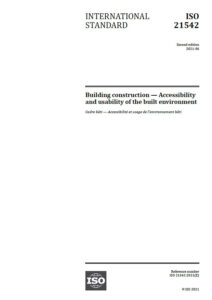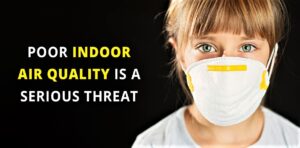2012-06-05: Continuing on from the last post … the European Environment Agency (EEA), in Copenhagen, recently published EEA Technical Report 2/2012: ‘The Impacts of Endocrine Disrupters on Wildlife, People and Their Environments – The Weybridge+15 (1996–2011) Report’. In this case, hitting the internet search engines might be time very well spent …
What are we doing to ourselves in the Built Environment ? And … do we know how badly we are contaminating the Natural Environment ??
Building Related Ill-Health: Any adverse impact on the health of building users – while living, working, generally occupying or visiting a specific building – caused by the planning, design, construction, management, operation or maintenance of that building.
Endocrine Gland (human): A gland which secretes a substance (a hormone) directly into the bloodstream. The endocrine glands are ‘glands of internal secretion’. They include the hypothalamus, pituitary gland, pineal gland, thyroid, parathyroid glands, heart (which makes atrial-natriuretic peptide), the stomach and intestines, islets of Langerhans in the pancreas, the adrenal glands, the kidney (which makes renin, erythropoietin, and calcitriol), fat cells (which make leptin), the testes, the ovarian follicle (estrogens) and the corpus luteum in the ovary.
.
EEA Technical Report 2/2012 – General Introduction …
1.1 Endocrine Disruption and the European Union (EU)
Genital malformations in baby boys have been increasing in many European countries, and the number of people diagnosed with breast, testis and prostate cancers continues to rise. Recent data indicate that in parts of Europe, sperm quality is approaching crisis levels that may impair fertility. At the same time, there is a secular trend towards earlier onset of puberty in young girls, and a steep increase in the paediatric rates of endocrine nutritional and metabolic disorders such as type II diabetes and obesity. Thyroid cancer rates have increased by between 5.3% (Switzerland) and 155.6% (France), particularly in females, children and young adults. Similarly, congenital hypothyroidism and neurodevelopmental disorders such as autism and attention deficit disorder are much more prevalent than they were 20 years ago.
The trends in the incidences of these endocrine diseases have changed in a manner concomitant with the rapid expansion in growth of the chemical industry, leading to growing speculation that these factors may be linked. There is also compelling evidence of compromised development, growth and reproduction in a number of wildlife species, with reports of alterations and abnormalities in sexual development, impaired thyroid function, and thyroid abnormalities, particularly in environments contaminated by cocktails of chemicals in everyday use.
The concern is that chemicals able to interfere with the normal functioning of hormones, i.e. EDC’s, may play a role in these conditions. Such chemicals can be found in food, household products and cosmetics. The apparent parallels between effects reported in humans and wildlife populations are not surprising, given the overlap between their environments and their food chains.
To investigate the potential harmful effects of EDC’s, the EU has embarked on extensive research efforts and to date has launched scientific projects worth more than €150 million. The intention has been to provide the EU with the information it needs to ensure the safety of chemicals in use and to be used in the future. A lot of this research has now been completed and new findings concerning the effects of chemicals, especially when present as cocktails, have emerged. Progress has also been made in pinpointing human life stages particularly vulnerable to ED, and new data about endocrine health in both humans and wildlife have come to light.
.
.
END






